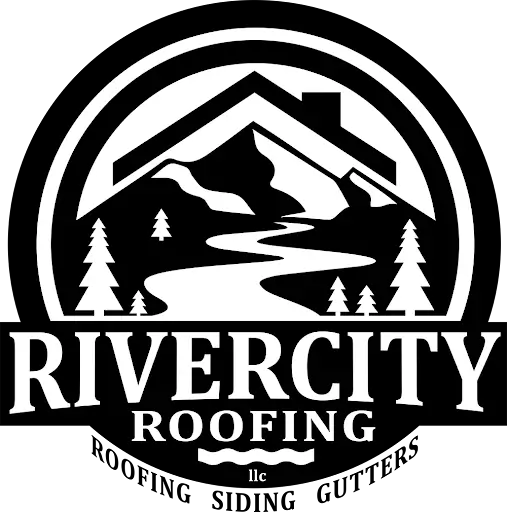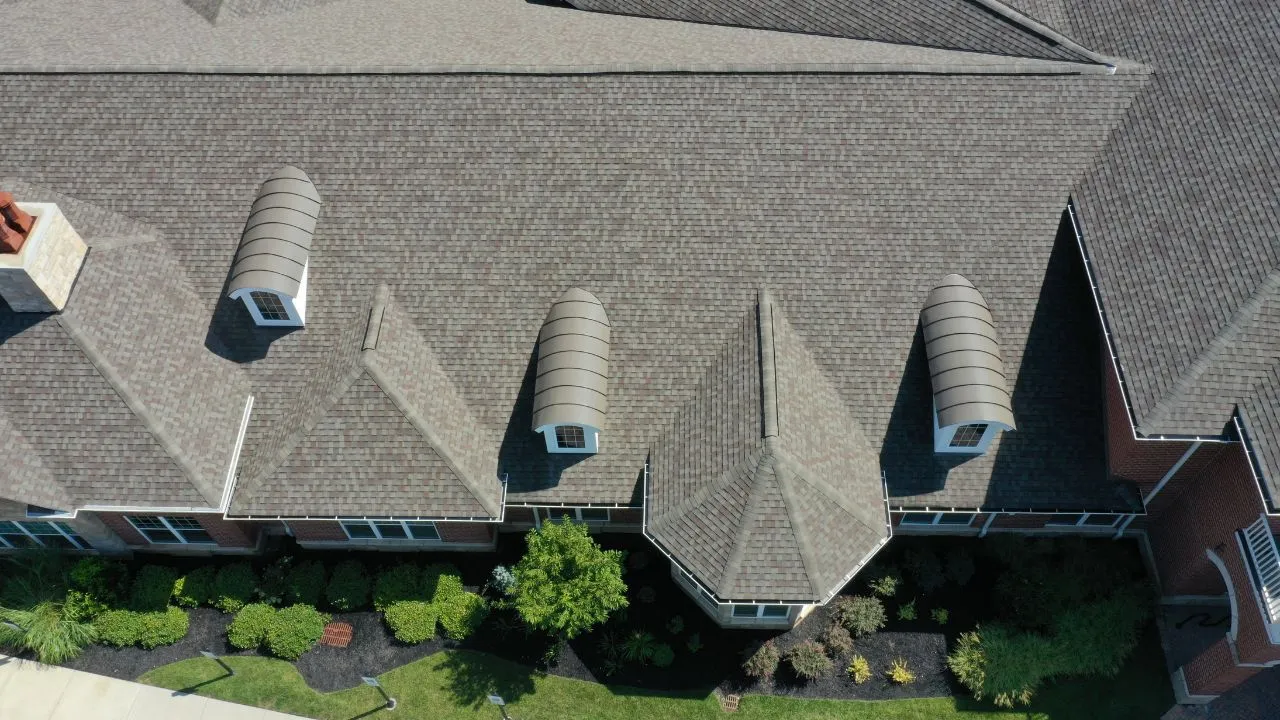The choice of roofing materials are among the critical decisions that a house owner will likely have to make at some point. Roofs are of different categories, but asphalt shingles are relatively the most accepted and preferred type of a roof, owing to their cost and availability. However, when talking about protecting one’s home against certain elements such as hail storms, strong wind and even for accidental damages, many homeowners are now resorting to impact- resistant shingles instead of the regular shingles.
Generally, impact-resistant shingles are unlike the regular ones in so many ways. This is the reason why it is crucial to analyze more on the differentiation between the two so as to enable you to know which one you must choose: impact- resistant shingles vs. regular.
What Are Impact-Resistant Shingles?
Shingles that are impact-resistant are made of materials that withstand specific natural forces to protect a structure from, for instance, hail, debris or any other impact that could potentially result in damage. Impact-Resistant Shingles have been subjected to numerous tests to determine how much physical stress strong storms can inflict on them. Usually, these types of shingles are made of modified asphalts or elastic composites that help in giving them more strength and flexibility.
Impact-resistant shingles are labeled scored on a scale called UL 2218. These ratings are made by Underwriters Laboratories (UL) that also measures roofing materials’ impact resistance. Shingles have a classification system going from Class 1 to Class 4 where Class 4 shingles are the only ones which have very high impact resistance.
Free Roof Inspections. Fast. Reliable.
Is your roof ready to weather the storm? Dont risk property damage. Our free roof inspections provide expert analysis to identify potential issues before they become costly problems.
Key Features of Impact-Resistant Shingles
Durability: These shingles are designed to last longer than regular shingles, ideal for hail, wind, and flying debris regions.
Enhanced Materials: Modified formulations of asphalt and polymers are used to manufacture impact- resistant roof shingles to provide added strength and stability to the roof structure and resistance to impact.
Better Weather Protection: Besides impact resistance, these shingles are less likely to disappear/ get damaged under high winds, snow or ice.
Insurance Discounts: Since impact resistant roof shingles minimize the chances of damage claims incurred due to extreme weather conditions, many insurance companies provide incentives to homeowners who install them.
Impact-Resistant Shingles vs. Regular: Key Differences
When comparing impact-resistant shingles to regular ones, it is crucial to evaluate these elements: durability, cost, weather performance, aesthetic appeal and warranty.
1. Durability
Impact-Resistant Shingles: Impact resistant shingles are built to handle tougher conditions and are more resistant than regular shingles. For instance, they can withstand hail, flying debris, and other hailstorms, strong-wind forces. The materials used for production of these shingles are flexible and extremely hardy to ensure that in case of impacts they do not crack or break.
Regular Shingles: These shingles are weather resistant for most climatic conditions but are still at risk of cracking or breaking under extreme impact of weather elements. For instance, any impacting object such as hailstones, works on regular shingles to the extent of scraping off granules or piercing the shingle itself. This, with time, contributes to leaking and other issues within the structure.
2. Cost
Impact-Resistant Shingles: Impact resistant shingles cost more than standard ones due to their enhanced materials and construction. Reports suggest that these shingles can be 10-20% pricier than regular asphalt shingles. Even so, homeowners might recoup the higher upfront cost through lower insurance premiums and fewer expensive repairs after storms. The long-term savings could make up for the initial price difference.
Regular Shingles: Three-Tab Shingles are cheaper than architectural shingles: Normal asphalt shingles can cost less than installation of special shingles at first glance. They are the most popular roofing materials in the United States because of their cheap cost and simple application.
3. Weather Performance
Impact-Resistant Shingles: These kinds of shingles do well even in the harshest of weather conditions. In regions that experience hail or windstorms with a lot of flying debris, impact-resistant shingles outperform regular shingles by a wide margin. They can also better endure the impact caused by temperature variations, snows, and ice.
Regular Shingles: These shingles work well for normal or usual weather conditions, but may not feature adequate performance during worse conditions. For instance, when strong winds occur, they could lift and damage regular shingles. Regular shingles may also shatter upon contact with objects like hailstones. This, over time results in leaks and many other issues.
4. Appearance
Impact-Resistant Shingles: People often think that impact resistant shingles provide at the expense of aesthetics. This is not the case as several manufacturers produce impact resistant shingles in different shapes and shades that are necessary for every home.
Regular Shingles: As a matter of fact, standard shingles are offered in not only more styles, but also more color variants and design options. Homeowners have more selection freedom when it comes to normal shingles if looks matter more than durability to them.
5. Insurance Discounts
Impact-Resistant Shingles: The biggest perk of impact-resistant shingles is that you may be given a discount of $5 to $35 on your homeowners insurance premiums since the shingles used are less prone to costly damage. Your home insurance discount will thus depend on your region and will be strongest in regions most affected by hails in the country.
Regular Shingles: These shingles don’t get you any breaks on your insurance for the simple reason that they don’t protect your home as well as impact-resistant ones do.
6. Warranty
Impact-Resistant Shingles: These types of shingles are usually provided with long warranties as they are hard and cannot be easily broken or damaged. However, in the case of impact resistant roofs some manufacturers have gone as far as to issue warranties for over 50 years which favors the homeowner in terms of durability.
Regular Shingles: The warranty periods for standard grade shingles are comparatively shorter and for most cases do not go past 15 to 30 years. Based on the life expectancy of regular shingles, they are likely to get worn out and require replacing much faster than impact-resistant shingles.
7. Maintenance and Repair
Impact-Resistant Shingles: Using Impact-Resistant Shingles on your roof means a longer period you will be using the roof before having to do any replacements. These shingles are usually more enduring, hence in the long run they provide fewer repair and replacement costs. Their durability ensures a reduction in the rate of shingle repair or replacement leading to reduced maintenance costs.
Regular Shingles: The regular shingles especially in places where the roof is exposed to extreme weather may therefore need more maintenance and repairs more often. Common problems could be cracked or missing shingles, granule loss, and roof leaks could be some of the problems that a homeowner faces.
Testing Standards for Impact-Resistant Shingles
Strength-testing is used to assess the ability of impact-resistant shingles to remain impact resistant under the forces applied. The most frequent testing standard is a UL 2218 which is performed by Underwriters Laboratories.
In the UL 2218 test, the introductions of freely falling steel balls on the shingles at various heights to imitate hailstone impacts are made. Inspection then follows to determine if the shingles are split, torn, or broken for one way or the other. Shingles that pass this test without being so severely harmed get the Class 4 rating which is for high impact.
On the other hand, regular shingles do not undergo such impact tests and therefore do not possess a similar hail or debris rating.
Environmental Considerations
Apart from the short-term advantages of using impact-resistant shingles in comparison to regular ones, it can be important for homeowners to evaluate the roofing options that have effects on the environment.
Impact-Resistant Shingles: Another aspect regarding impact resistant shingles is that due to the higher durability and consequently, longer lifespan of these products, the frequency of roof replacement might be low. This in itself may help in minimizing the waste that is generated and dumped to the landfills, thereby promoting healthy environmental practices. Some of the impact-resistant shingles, apart from being durable, are also designed to have better sunlight reflection properties thus reducing the cost of cooling.
Regular Shingles: Regular shingles are more often replaced than the impact-resistant ones, and more often in this process there is disposal of wastes and high levels of them. Nevertheless, some current manufacturers produce “regular shingles” that are made of recycled materials, reducing their adverse effects for the most.
Who Should Consider Impact-Resistant Shingles?
Impact-Resistant Shingles are ideal for residents of areas that are likely to face bad weather conditions, including hail storms, strong winds or flying debris. Much as with the other shingles, these shingles have a higher level of protection and are helpful in decreasing the costs of damaging the house.
Also, if your house is situated in an area where insurance providers provide steep rebates for having impact-resistant shingles, then over time it could be cost-effective to have them installed.
On the other hand, in areas where there is little danger of hail or wind damage, the regular shingles should be enough to safeguard your home at possibly a cheaper price.
Conclusion
When it comes to weighing impact-resistant shingles vs regular ones, the end choice depends on your needs and the geographical location. Impact- resistant shingles come at a higher cost when compared to other types of roofing structures, but they are more durable, safer against severe storms and may also qualify the homeowner for insurance discounts. For example, for people living in areas where hailstorms, high winds, and other such weather phenomena are common, impact-resistant shingles are a more durable option meaning they cost less in the long run in terms of maintenance, come with longer warranty periods and may even cause homeowner insurance to be cheaper in the long run.
On the other hand, regular shingles is a cheaper solution and can provide reasonable defense for structures in regions where they experience moderate climates. They are available in a number of styles, and can easily be applied, which is why so many homeowners think of them as a favorite. They may need frequent repairs and replacements depending on the environment experienced.
In the end, the decision of whether or not to go for impact-resistant shingles or regular ones will depend on the cost and your estimation of the vulnerability of your area to storms, and how much hail and wind protection you need and how deep into the future you would like to invest.
Are you ready to safeguard your home with the right roof in town? We at River City Roofing will gladly assist you in making the right decision between getting impact-resistant or regular shingles. Whether the need is for the strength and durability of impact resistant shingle which is specifically designed for storms, or regular shingles which are cheaper and come in a variety of styles, we’ve got you sorted.
Call us today at River City Roofing for a free consultation and learn about the best choice of the roofing system for your house. Our team will guarantee professional work and use the best materials when constructing your new roof. This means, do not wait until your home has been affected by a storm, get an act done now!
Consult one of our experts today to book your inspection and get your FREE estimate. We need to keep your home safe for many years to come?



